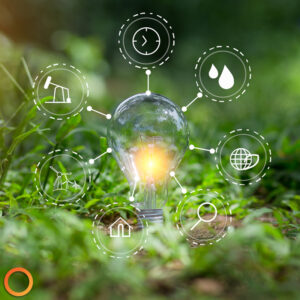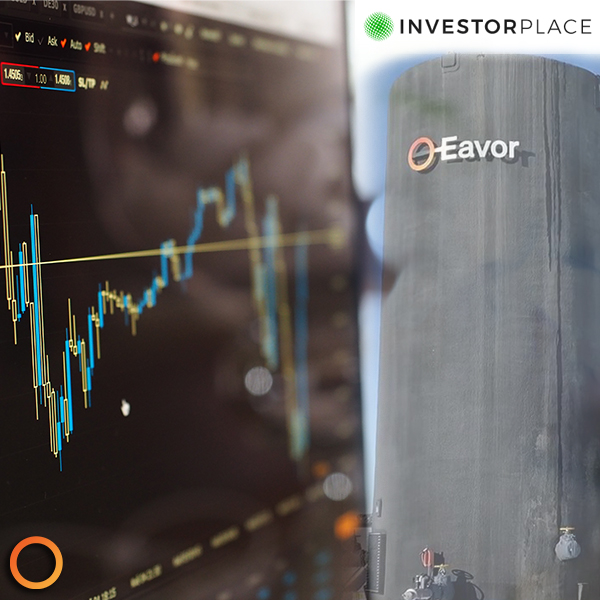In 2015 the United Nations mapped out 17 Sustainable Development Goals that “provide a shared blueprint for peace and prosperity for people and the planet, now and into the future.” The 7th goal calls for “access to affordable, reliable, sustainable and modern energy for all.” In its 2021 report on SDG7, the message for energy consumers is clear: “Accelerated action on modern renewable energy is needed, especially in heating and transport sections.”
In our efforts to rapidly decarbonize, we need to move beyond fossil fuels like coal and natural gas, and include other forms of energy production. Awareness of this urgent need has led to a surge in companies and consumers purchasing 100% renewable energy to supply their electricity and heating needs.
But this positive trend, motivated by concerns over climate change, pollution and various other environmental issues, is not quite what it seems. It turns out there is a real difference between buying renewable power and actually receiving it. While many people think that 100% renewable energy is provided through sources such as wind turbines and solar farms, there is concern regarding the intermittency issues of these renewable sources. Neither of them generates power 100% of the time.
So, where does the energy come from when these renewable sources aren’t available? During winter when the days are short and during the night, when sunlight is unavailable and there is no wind, where is the power coming from? The short answer is fossil fuels. Fuels like natural gas, coal, and nuclear power provide our electricity when wind and solar can’t.
When people purchase 100% renewable energy, they are not actually receiving 100% wind and solar. When solar or wind farms generate electricity it is sent to a power grid where renewable energy mixes with energy produced by fossil fuels. It becomes impossible to distinguish between clean energy and what fossil fuels have contributed.
Wind and solar energy have been important warriors of change in the battle of clean energy and decarbonization, but they cannot get us to 24/7 clean energy by themselves.. If we truly want to decarbonize, fossil fuels cannot continue to be the failsafe that these renewables depend on to provide energy when the natural elements are unavailable. There needs to be a way to provide reliable, 24/7 power that can replace fossil fuels and support these intermittent renewables without negatively contributing to the carbon footprint. And lucky for us, there is.
Geothermal energy can provide the baseload power needed to make 100% renewable energy actually 100% of 24/7 clean energy, provided by wind, solar and geothermal.



















